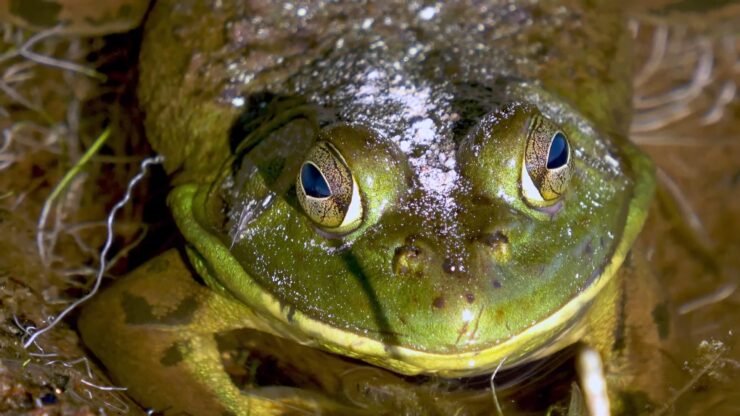The American bullfrog (Rana catesbeiana), common in Louisiana, stands out as a powerful species. Its robust nature allows it to thrive in various environments, posing significant challenges to local ecosystems.
Basic Characteristics
Bullfrogs are large amphibians, often reaching lengths of up to 20 centimeters. They have powerful legs for jumping and strong jaws, allowing them to consume a wide variety of prey. Their calls, loud and deep, often echo through swamps and ponds, marking their presence unmistakably.
Feeding Habits
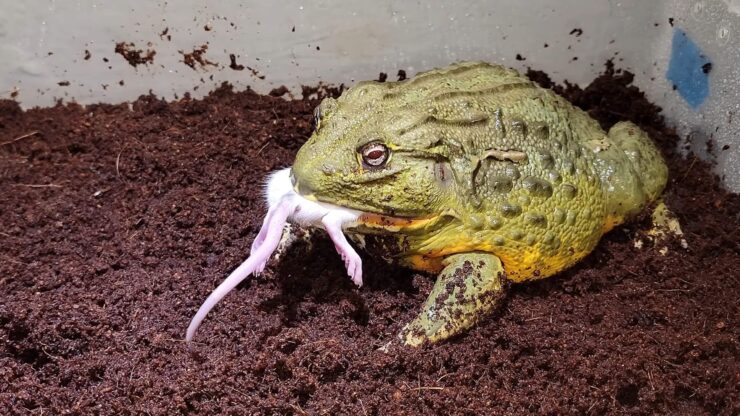
Bullfrogs eat almost anything that fits into their mouths. In Louisiana, their diet includes insects, small mammals, birds, fish, and other amphibians. They are particularly fond of crayfish and juvenile frogs. The capacity to consume such a diverse range of prey enables bullfrogs to dominate food chains in their habitats.
In Missouri, studies have shown that bullfrogs eat muskrats and rattlesnakes. Their voracious appetite allows them to impact local wildlife significantly. This characteristic, combined with their adaptability, makes them formidable predators.
Invasive Nature
Bullfrogs, though native to the eastern United States, have spread to many parts of the world. Their introduction into new environments often leads to severe ecological disruptions. In France, for instance, their introduction caused a major invasion, drastically affecting local fauna. Bullfrogs outcompete native species for food and habitat, leading to declines in native populations.
In California, bullfrogs have nearly driven the native yellow-legged frog to extinction in some areas. They outcompete native tadpoles for resources, reducing their survivorship and growth rates. This competitive edge makes them a persistent threat to biodiversity.
Ecological Impact
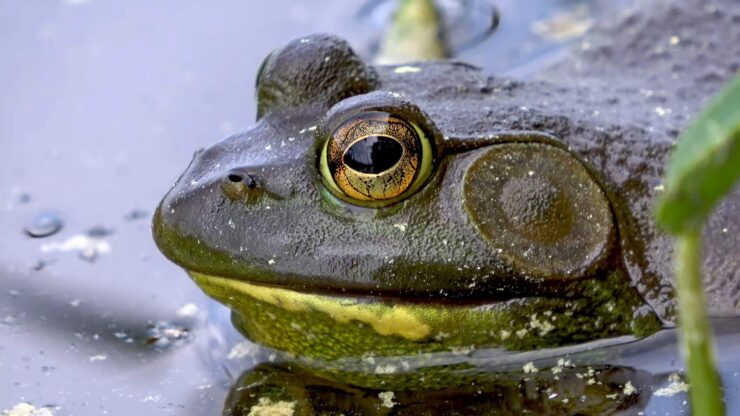
Bullfrogs not only compete with native species but also prey on them. In Uruguay, bullfrogs have displaced native amphibians, altering local ecosystems. They also interact with local fish species, which further complicates their impact on local biodiversity.
In Japan, bullfrogs predominantly eat crayfish, but where crayfish are absent, they adapt by preying on native fish and amphibians. This flexibility in diet allows bullfrogs to thrive in various environments, continually posing threats to local species.
Control and Management
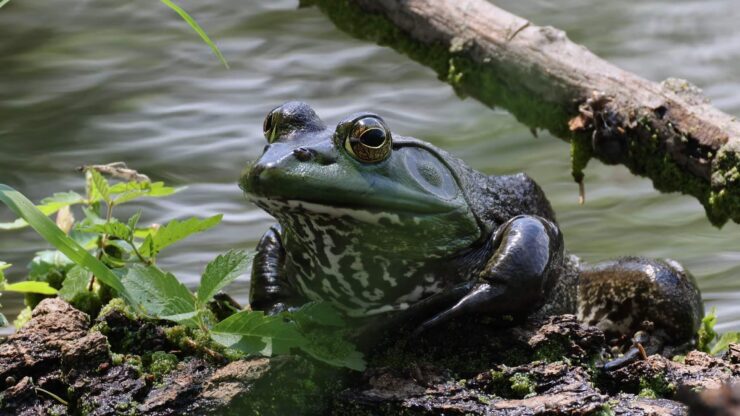
Managing bullfrog populations presents significant challenges. Traditional methods like trapping and netting often prove inadequate. Innovative strategies are essential to control their spread. Researchers explore techniques like using environmental DNA (eDNA) to monitor bullfrog populations.
This method involves detecting bullfrog DNA in water samples, providing an early warning system for new invasions.
Efforts to control bullfrog populations also include habitat modification. Removing or draining ponds and wetlands where bullfrogs breed can reduce their numbers. However, such actions often harm other wildlife, making them less desirable solutions.
Monitoring Techniques
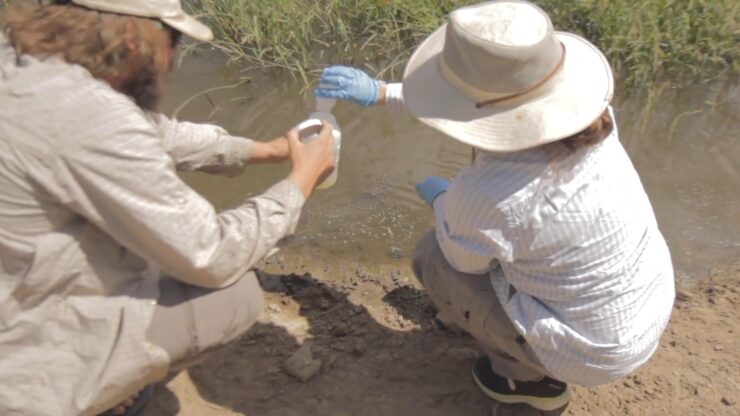
Environmental DNA provides a non-invasive way to track bullfrog populations. By analyzing water samples, scientists can detect the presence of bullfrogs even at low densities. This technique proves invaluable for early detection and rapid response to new invasions.
Combining eDNA with traditional monitoring methods can enhance the effectiveness of management strategies. Researchers use this approach to track bullfrog movements and population dynamics, aiding in the development of targeted control measures.
Challenges in Control
Bullfrogs adapt quickly to new environments, making control efforts difficult. They can reproduce in a variety of habitats, from ponds to slow-moving streams. Their eggs and larvae develop rapidly, often outpacing those of native species.
Hand or net capture, shooting, and other direct control methods require significant labor and often fail to make a lasting impact. Toxicants and habitat modifications also pose risks to non-target species, complicating control efforts.
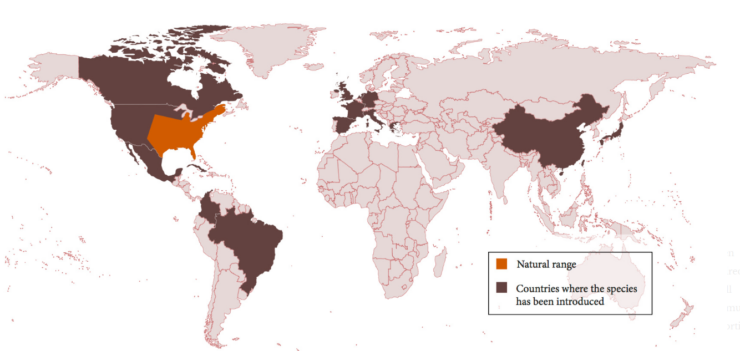
Conclusion
The American bullfrog stands as a resilient and invasive species with significant ecological impacts. Its adaptability and voracious appetite allow it to thrive in various environments, often at the expense of native species. Effective management and control require innovative strategies, continuous research, and public involvement.

